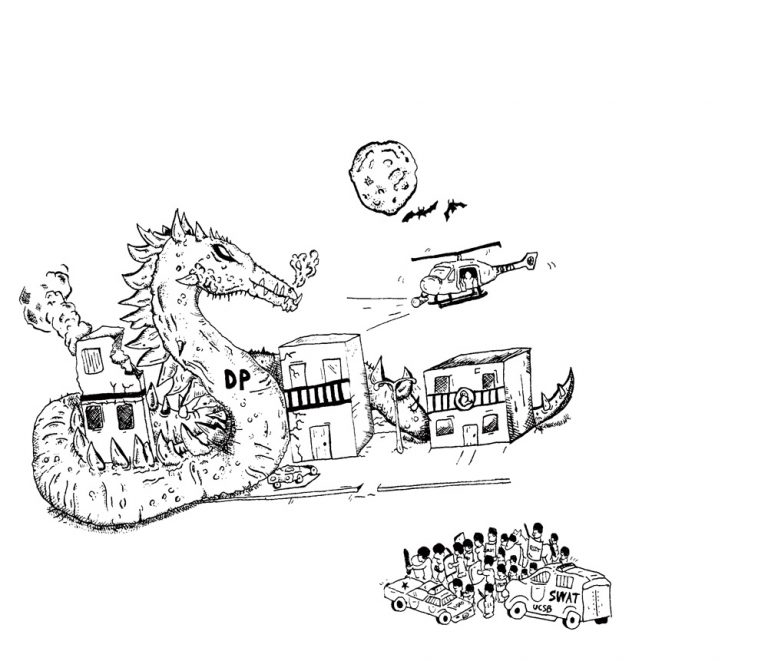
Spencer Wu
Staff Writer
If you’ve ventured on to social media recently, you are sure to have seen the “clown epidemic,” a frenzy where people dress up as clowns in order to intimidate or frighten the public.
Accounts have sprung up on Twitter that document the sightings of these clowns and report the locations of these events. This craze arrived at an opportune time, as Halloween is right around the corner, but there are greater and deeper social implications at hand.
Most notably, the clown videos, whether real or not, portray the clowns as menacing creatures who occasionally wield weapons, perpetuating the scary clown stereotype. The sentiment is rooted in real world fear and terror, however, as serial killers like John Wayne Gacy (The Killer Clown) dressed as clowns and raped and assaulted people in the ‘70s.
Media attention feeds into propagating the paradigm as well, as seen in the Joker and Stephen King’s It, featuring the menacing Pennywise the clown. This latest iteration of the clown craze will foster a hostile reaction towards these people if a confrontation were to come about. Although these encounters can be scary for the public who are being terrorized, it can be even more dangerous for the clowns themselves.
Typically not menacing individuals, but rather people looking for some Halloween excitement (albeit, through questionable methods), those dressed up are seen as targets. People in turn harass and even assault them. The negative and often violent reaction to the clowns has prompted city officials to discourage people from dressing up as clowns or jesters during the Halloween season, even implementing local laws where people are not allowed to wear masks at certain places. The enforcement of this rule is to protect the well-being of all those involved in during the Halloween season.
Overwhelming negative media attention spells disaster for the actual clown community, a society of people who are serious about clowning. Professional clowns are now too afraid to dress up in public, as they are afraid of a potentially life threatening interaction, and are relegated to mostly children’s parties.
What used to be a gratifying and entertaining line of work, professional clowning participation has dropped dramatically. The World Clown Association has seen a dip in membership from 3,500 in 2004 to 2,500 in 2014. This is most likely attributed to portrayals in the media and incidents like today’s clown hysteria.
Although people who dress up to scare are claiming it is for fun, people are showing serious backlash and fomenting sentiments of hatred. Just recently, students at Penn State University took part in the clown frenzy, staging a clown hunt on campus, eerily similar to the witch hunt in Salem. There were 6,000 students reportedly searching for three clowns after their leader proclaimed, “No matter where you come from, no matter your color, your religion, your creed. No matter who you’re voting for, we can all agree on one thing, fuck that clown!”
Scenes like this are typically reserved for the big screen, where people turn mad rallying behind a certain cause. But this is reality. It might seem silly or stupid to some, but the safety of real people are at stake for a pretty trivial matter. This realization lead to the #ClownLivesMatter Movement, which may seem laughable or even insulting to the black community. However in both cases violence results after incidents of fear and miscommunication.
A simple joke or prank can take a seriously nasty turn for the worst, so it is best to remain cautious and avoid attracting attention this holiday season. In order to retain safety and order, it’s best to opt for a different costume this year.










